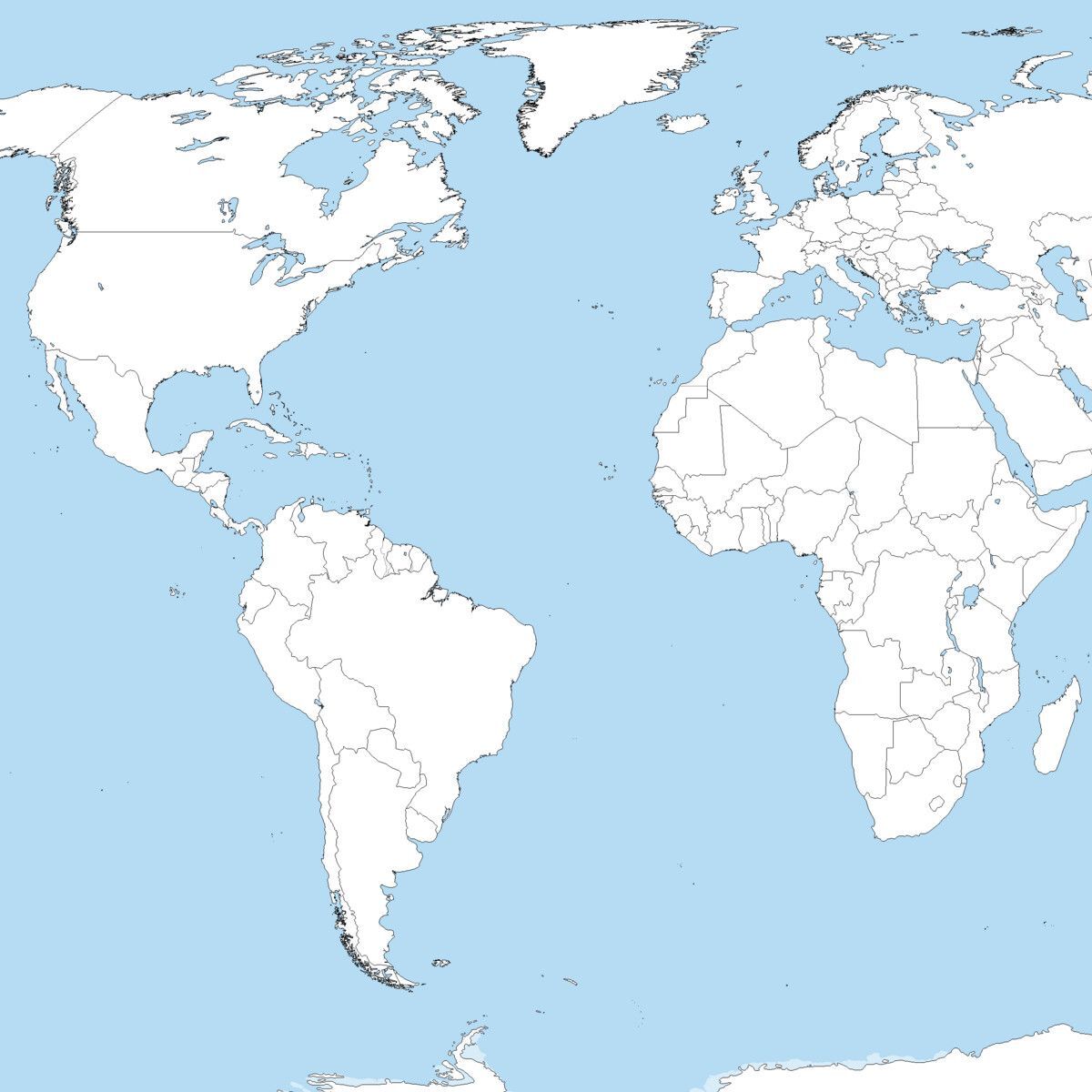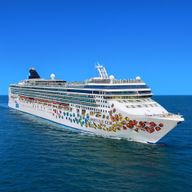

Norwegian Gem - 10/17/2027
The October 17, 2027 cruise on the Norwegian Gem departs from Ravenna, Italy. On this 7 Night Mediterranean: Greece & Croatia (Ravenna To Barcelona) sailing, the ship will visit a total of 7 cruise port destinations, including its departure port. The Norwegian Gem sets sail on Sunday, Oct 17th and returns on Sunday, Oct 24th.
Cruise Pricing
The graph below tracks historic price of the Norwegian Gem cruise ship departing October 17, 2027. The most recent price for this sailing starts at $1,329 ($190 per night) for an Inside Cabin. Compared to the average price of $1,314 ($188 per night), this represents a recent increase of 1%.
Use the buttons below to toggle between cabin types.
Cruise Itinerary
Itinerary
Norwegian Gem - October 17, 2027 - 7 Nights
| Day | Date | Port |
|---|---|---|
| 1 | Oct 17th | Ravenna, Italy |
| 2 | Oct 18th | Split, Croatia |
| 3 | Oct 19th | Dubrovnik, Croatia |
| 4 | Oct 20th | Kotor, Montenegro |
| 5 | Oct 21st | Corfu, Greece |
| 6 | Oct 22nd | Messina, Sicily |
| 7 | Oct 23rd | At Sea |
| 8 | Oct 24th | Barcelona, Spain |
The Norwegian Gem sails on October 17, 2027 for a 7 Night Mediterranean: Greece & Croatia (Ravenna To Barcelona). The ship will depart the port of Ravenna, Italy at N/A and will return to the port of Barcelona, Spain on Oct 24th at 7:00 AM. During the 8-day journey, the Norwegian Gem will visit 6 additional ports and will spend 1 days at sea.
Itinerary Safety Score
Based on my comprehensive research of cruise port safety information, including recent crime reports, travel advisories, Global Peace Index rankings, and specific port security concerns, we've created a "safety score" for each cruise port stop. The overall rating below represents a combined score for your specific cruise itinerary.
Cruise Ship

Norwegian Gem
NORWEGIAN GEM SIZE
The Gem has a construction date of 2007 and a total size of 93,530 gross tons. The ship measures 965 feet (294 meters) in length. Norwegian Gem is included in Norwegian’s Jewel Class. At full capacity, the Norwegian Gem holds 3,464 passengers. That includes 2,394 cruise vacationers and 1,070 staff members. The Gem total number of staterooms is 1,197.
Norwegian Gem Size & Stats
- Gross Tonnage:93,530 GT
- Length:965 ft (294 m)
- Beam:125 ft (38 m)
- Draft:27 ft (8 m)
- Max Speed:29 mph (25 kn)
- Year Built:2007
- Years Served:2007 - Present
- Capacity:2,394
- Crew Members:1,070
- Total on Board:3,464
- Total Staterooms:1,197
- Flagged Country:Bahamas
- Ship Cost:390 Million
- Status:active
To see how this compares, click through to see Norwegian Gem age and stats vs all Norwegian ships. There you’ll find graphs showing length, capacity, tonnage and more for this ship vs all in the fleet.
To check out the ship from top to bottom, click here for Norwegian Gem Deck Plans.
Cruise Ports
Ravenna, Italy, offers docking at Ravenna Port. Travelers explore UNESCO-listed Byzantine mosaics and Dante’s tomb. Excursions visit Bologna’s medieval towers. Local markets sell piadina. The peak season, April to October, brings mild weather for historic tours. Photography captures ancient basilicas and Adriatic vistas. Dining onboard includes tortellini, an Emilia-Romagna favorite. Souvenirs, like mosaic crafts, are sold in ship shops. Briefings cover Byzantine history. Light clothing and sun protection suit the Mediterranean climate, while comfortable shoes enhance mosaic walks. Ravenna’s artistic heritage offers a vibrant Italian stop. Cruise travelers enjoy a mix of historic mosaics, cultural landmarks, and coastal charm, making Ravenna an engaging destination for exploring Italy’s Adriatic heritage.
Split, Croatia, offers docking at Split Port. Travelers explore Diocletian’s Palace and Marjan Hill. Excursions visit Trogir’s historic center. Local markets sell soparnik. The peak season, May to September, brings warm weather for coastal tours. Photography captures Roman ruins and Adriatic vistas. Dining onboard includes pašticada, a Croatian favorite. Souvenirs, like lavender crafts, are sold in ship shops. Briefings cover Dalmatian history. Light clothing and sun protection suit the Mediterranean climate, while comfortable shoes enhance palace walks. Split’s cultural charm offers a vibrant Croatian stop. Cruise travelers enjoy a mix of UNESCO landmarks and scenic hills, making Split an engaging destination for exploring Croatia’s Adriatic coast. (126 words)
Dubrovnik, Croatia, offers docking at Gruž Port. Travelers explore Old Town walls and Lokrum Island. Excursions include kayaking along Adriatic shores. Local markets sell travarica. The peak season, May to September, brings warm weather for coastal tours. Photography captures medieval ramparts and Adriatic vistas. Dining onboard includes pašticada, a Croatian favorite. Souvenirs, like lace crafts, are sold in ship shops. Briefings cover Dalmatian history. Light clothing and sun protection suit the Mediterranean climate, while sturdy shoes enhance wall walks. Dubrovnik’s historic charm offers a vibrant Croatian stop. Cruise travelers enjoy a mix of UNESCO landmarks and scenic coasts, making Dubrovnik an engaging destination for exploration. (126 words)
Kotor, Montenegro, offers docking at Kotor Port. Travelers explore Old Town walls and St. Tryphon Cathedral. Excursions include hiking Lovćen National Park. Local markets sell njeguški pršut. The peak season, May to September, brings warm weather for coastal tours. Photography captures medieval alleys and Adriatic vistas. Dining onboard includes cicvara, a Montenegrin favorite. Souvenirs, like olive wood crafts, are sold in ship shops. Briefings cover Illyrian history. Light clothing and sun protection suit the Mediterranean climate, while sturdy shoes enhance fortress hikes. Kotor’s historic charm offers a vibrant Montenegrin stop. Cruise travelers enjoy a mix of UNESCO landmarks and scenic bays, making Kotor an engaging destination. (126 words)
Corfu, Greece, offers docking at Corfu Port. Travelers explore Old Fortress and Achilleion Palace. Excursions include Paleokastritsa’s beaches. Local markets sell kumquat liqueur. The peak season, May to September, brings warm weather for coastal tours. Photography captures Venetian architecture and Ionian vistas. Dining onboard includes pastitsada, a Corfiot favorite. Souvenirs, like olive oil, are sold in ship shops. Briefings cover Ionian history. Light clothing and sun protection suit the Mediterranean climate, while water shoes enhance beach exploration. Corfu’s cultural charm offers a vibrant Greek stop. Cruise travelers enjoy a mix of historic fortresses and scenic beaches, making Corfu an engaging destination for exploring Greece’s Ionian Islands. (126 words)
Messina, Sicily, offers docking at Messina Port. Travelers explore Messina Cathedral and Taormina’s Greek Theatre. Excursions visit Mount Etna. Local markets sell arancini. The peak season, April to October, brings warm weather for coastal tours. Photography captures volcanic landscapes and Tyrrhenian vistas. Dining onboard includes pasta alla norma, a Sicilian favorite. Souvenirs, like ceramic crafts, are sold in ship shops. Briefings cover Norman history. Light clothing and sun protection suit the Mediterranean climate, while sturdy shoes enhance volcano hikes. Messina’s cultural charm offers a vibrant Italian stop. Cruise travelers enjoy a mix of historic landmarks and scenic volcanoes, making Messina an engaging destination for exploration. (126 words)
Take advantage of the many on board activites during your day at sea. You'll have more than enough to fill your day!
Barcelona, Spain, offers docking at Barcelona Port. Travelers explore Sagrada Familia and Park Güell. Excursions visit Montserrat Monastery. Local markets sell paella. The peak season, April to October, brings warm weather for city tours. Photography captures Gaudí architecture and Mediterranean vistas. Dining onboard includes tapas, a Spanish favorite. Souvenirs, like ceramic crafts, are sold in ship shops. Briefings cover Catalan history. Light clothing and sun protection suit the Mediterranean climate, while comfortable shoes enhance city walks. Barcelona’s cultural charm offers a vibrant Spanish stop. Cruise travelers enjoy a mix of modernist landmarks and scenic coasts, making Barcelona an engaging destination for exploring Spain’s Catalan region. (126 words)